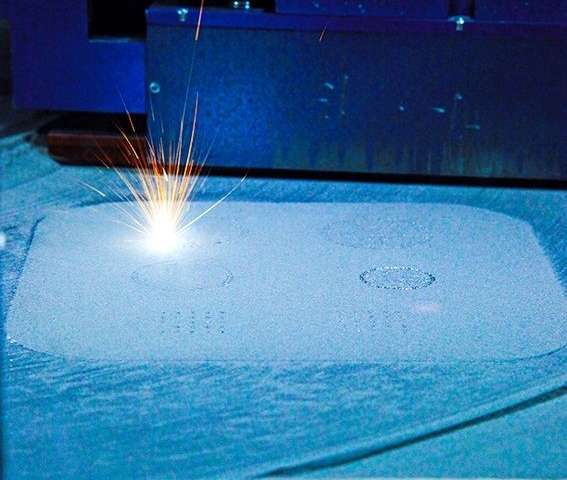
Selective laser melting process in action. Credit: Tim Sercombe/University of Western Australia
Researchers have been investigating whether it’s possible to 3D print an object that acts as a superconductor.
Superconductors are unusual materials that provide zero electrical resistance, unlike normal materials. Typically the superconductive effect occurs only at very low temperatures, making it impractical to employ such superconductors commonly. Recent research has focused on identifying compounds that exhibit superconducting behavior at not-quite-so-low temperatures. Several have been found.
But a question is, “Can such materials be 3D printed and retain their superconductive qualities?”
A team of researchers from the University of Melbourne and the University of Western Australia have done an experiment to determine whether this is in fact possible.
They used a known superconducting material, viaan aluminum-silicon alloy (Al-12Si).
You’d think it would just work, but there’s more to the story. To be superconducting, the material must be pure and have the appropriate microscopic structure. That’s hard to guarantee when the SLM 3D printing process, atomizes, heats, melts and anneals the material to form the object. Would superconductive properties survive all this?
It turns out that they do. The 3D printed metal object became superconducting at a frigid 1.2K (-271.8C). In fact, the researchers were surprised as the 3D print material contained a significant proportion of silicon, a non-superconducting substance. This may lead to further research.
But for now, you may be pleased to know that some superconductive materials can now be 3D printed in geometries not previously available using traditional methods, in the same way as other industries have taken advantage of 3D printing.
Via PhysOrg

